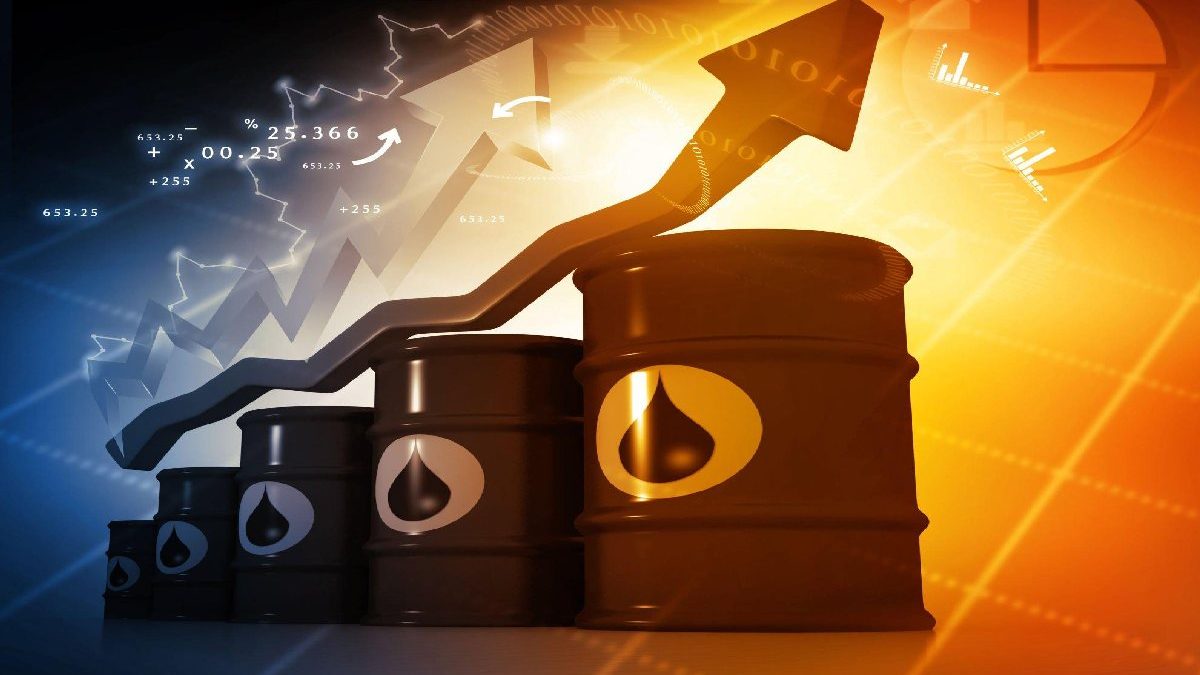Gaussian Processes (GPs) stand at the intersection of statistics and machine learning, offering a flexible, non-parametric approach to modeling data. A Gaussian Process is a collection of random variables, any finite number of which have a joint Gaussian distribution. The allure of GPs lies in their ability to provide a probabilistic distribution over functions, essentially capturing the uncertainty inherent in predictions. Ready to take control of your financial future? Dive into the Oil Edge Revolution now.
Table of Contents
The Mechanics of Gaussian Processes
A Gaussian Process is defined by its mean function and covariance function. While the mean function captures the expected value at any point in the input space, it’s the covariance (or kernel) function that truly defines a GP. The kernel determines how the output values are correlated, thereby shaping the learned function.
For instance, consider two input points. If the kernel deems them similar, their corresponding output values in the function will be closely related. Different kernels encapsulate different notions of similarity, from the simple linear and polynomial kernels to more complex ones like the Radial Basis Function (RBF).
Being non-parametric, GPs don’t assume a fixed structure for the underlying function they learn. This flexibility is a double-edged sword; while it allows GPs to model complex behaviors, it also requires careful selection and tuning of the kernel to prevent overfitting.
Gaussian Processes in Finance
The world of finance has always been data-driven. Traditional models, like the Black-Scholes for option pricing or the Efficient Market Hypothesis, have tried to capture the inherent complexities of financial markets. However, the deterministic nature of these models often falls short of capturing the uncertainties of real-world financial systems.
Enter GPs. Their probabilistic nature allows them to model the inherent noise and volatility in financial data, giving a more realistic representation of market behaviors. By providing a distribution over potential outcomes, GPs offer a nuanced perspective, highlighting the risks and uncertainties tied to financial predictions.
Oil Trading: A Snapshot
Oil, often termed ‘black gold’, is a pivotal commodity in the global economy. Its price affects everything from individual household budgets to geopolitical strategies. The oil trading industry thrives on predicting these price movements, leveraging a mix of data analysis, geopolitical insights, and economic indicators.
Traditionally, oil price prediction relied heavily on time series analysis, employing models like ARIMA or Holt-Winters. While effective, these models often struggled with sudden shocks like geopolitical tensions, supply disruptions, or unforeseen demand changes.
Applying Gaussian Processes to Oil Price Forecasting
In the quest for more accurate oil price forecasting, GPs offer a promising avenue. By considering a range of influencing factors, from rig count data and production volumes to geopolitical events and seasonal demand patterns, GPs can be trained to predict oil prices with a measure of uncertainty.
The key to this process is feature selection. Irrelevant or noisy features can mislead the model, so careful curation is essential. Equally important is the choice of kernel. Given the multifaceted influences on oil prices, a combination of kernels might be needed to capture linear trends, periodic behaviors, and sudden shocks.
Real-world data comes with its challenges. Missing values, measurement errors, and non-stationarity (where statistical properties change over time) can hinder the modeling process. Preprocessing techniques, like imputation for missing values or detrending for non-stationarity, can prepare the data for GP modeling.
Case Studies and Results
Several studies have begun exploring the application of GPs in oil trading. One notable study employed a combination of linear and RBF kernels to forecast Brent Crude prices. The model outperformed traditional ARIMA-based forecasts, especially in capturing the volatility during geopolitical crises.
Another study focused on short-term predictions, leveraging daily trading data. By incorporating features like trading volumes and open interest, the GP model provided intraday forecasts, aiding traders in their daily decision-making.
Future Prospects and Challenges
As with any emerging technique, the application of GPs in oil trading is not without challenges. The computational cost can be significant, especially with large datasets. There’s also the risk of overfitting if the kernel isn’t appropriately chosen or tuned.
However, the future looks promising. As computational resources expand and algorithms improve, GPs can be integrated with other machine learning techniques, like deep learning, to enhance predictions further. Moreover, as the world becomes more interconnected, the importance of capturing uncertainties in financial predictions only grows. And also, making probabilistic models like GPs even more relevant.
Conclusion
The application of Gaussian Processes in oil trading epitomizes the convergence of traditional finance and modern machine learning. By capturing the uncertainties and volatilities inherent in oil prices, GPs offer a nuanced, probabilistic perspective, potentially revolutionizing the way traders approach the market.
For those keen on embracing this convergence emphasizing the importance of adapting to modern analytical methods. Continuous research and interdisciplinary collaboration will be pivotal in harnessing the full potential of this promising technique.

